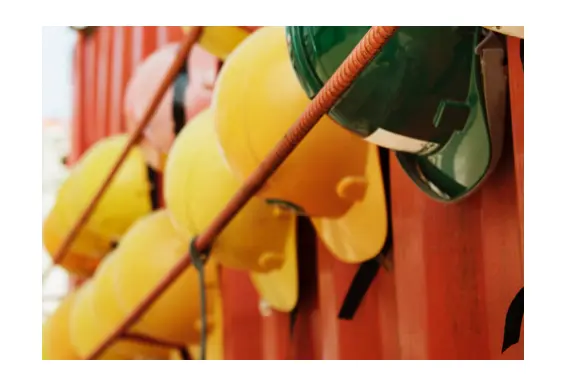Petroleum Geology
e-Learning
About the eLearning Course
In Petroleum Geology, you will learn about Earth structure and plate tectonics; types of rocks, the rock cycle, clastic, biogenic, and chemical source sedimentary rocks; and historical geology, including superposition, index fossils, depositional environments, and global vs. regional stratigraphy.
Target Audience
Operations personnel who require a fundamental understanding of knowledge to operate and maintain facilities. Also suitable for maintenance and technician personnel whether new to their roles or seasoned experts looking to enhance their skills.You Will Learn
Participants will learn how to:
- Describe the Earth's structure and the type of information provided by the study of earthquakes.
- Explain the differences between oceanic and continental crusts and their impact on oil and gas exploration.
- Describe the importance of the Earth's structure, continental drift, and plate tectonics to finding oil and gas.
- Identify characteristics and structure of the different rock.
- Explain how clastic sedimentary rocks are formed.
- Explain the relationship between depositional environments and geological settings.
- Describe how biogenic and chemical sedimentary rocks are formed.
- Explain the importance of historical geology to finding oil and gas accumulations.
- Explain the relative age of rocks and how we date the rocks and understand the paleo climate.
- Understand the relationships between global and regional stratigraphy.





